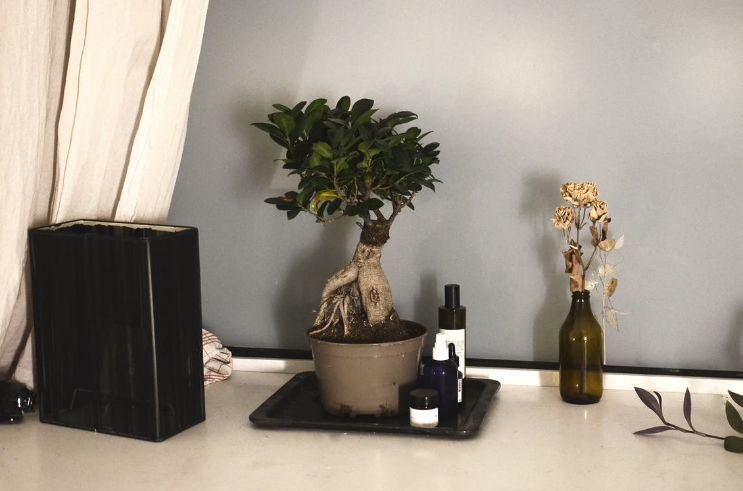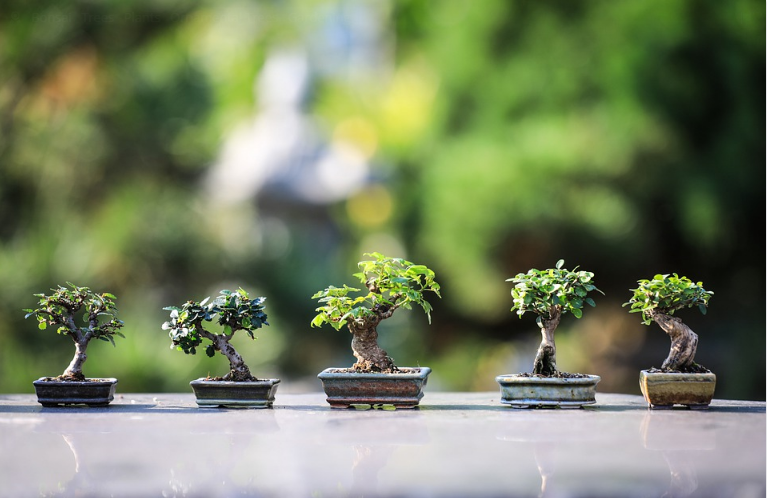People may think that growing trees indoors is impossible, but not with bonsai trees. Unlike other indoor crops, they require regular watering and irregular pruning in spring and foliage. In short, they require the same care and needs as outdoor bonsai, but they are prepared for indoor problems. Indoor lighting is often insufficient to provide indoor bonsai with enough light for photosynthesis, so it is vital to place the tree in a location that receives indirect or direct sunlight through a window. Fluorescent lights or high-intensity grow lights can replace sunlight for some species. Below are the best bonsai species that you can grow at home:
Ficus

Ficus is one of the most common indoor bonsai species, and there are more than 800 species of Ficus bonsai. But there are only two that are excellent for indoor use and are low maintenance enough to be good beginner indoor trees. They are best shaped like a formal or informal upright tree or a weeping banyan. They hurt easily and can’t heal easily on large pruning wounds, so it’s best to grow from smaller trees instead of making packs of massive trees.
Ficus bonsai trees are famous for their milky sap that flows into the ficus when cut or injured. Some are also good at producing small flowers; however, these can only be pollinated by specialized insects. These bonsai species are good at generating aerial root, but they must be near 100% humidity to do so.
Dwarf Umbrella
This type is a …

